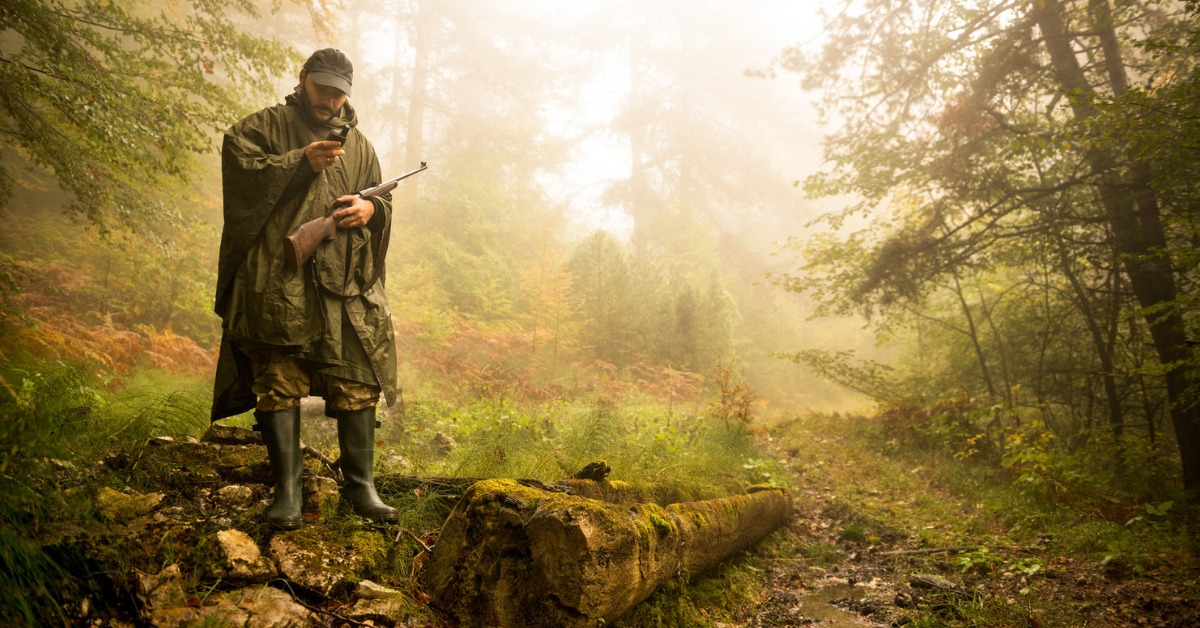Rationing of food and goods by civilians allowed the armies to receive desperately needed supplies.
For as long as humans have gone to war or faced natural disasters, they have prepared for those disasters in some form or another. Complacency means death, and early civilizations understood this more often than not. From government stockpiles of food, supplies, and weapons, to lone citizens and families hunkering down in bunkers deep in the mountains, humanity prepares to survive even if civilization does not.
Before the age of regeneration and frozen foods, or even canning, people worked to make sure they would have food when times were hard, usually during the winter.
During the Middle Ages, animals were slaughtered and their meats smoked and salted to last through the winter and avoid the expense of feeding the animals during lean times. It also meant that come spring, when military campaigns started, the remaining animals would be young and easier to hide or flee from battle.
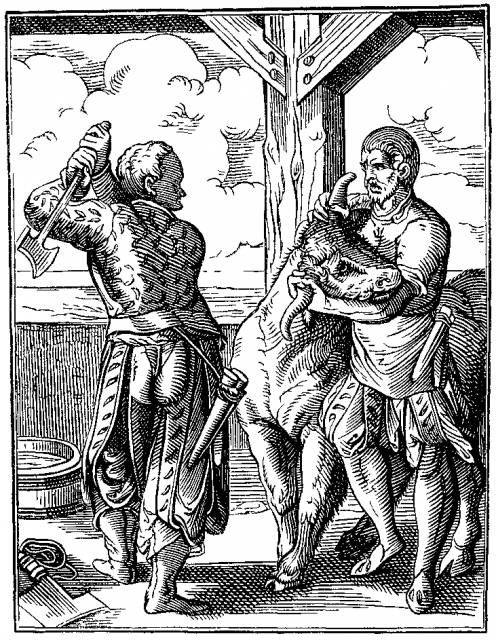
Into the modern era, King Louis XVI of France encouraged planting the New World crop, potatoes, over wheat because while wheat fields burned and became trampled underfoot during battle, the humble potato survived.
Though initially unpopular with the French peasantry, the plant increased food production by fifteen percent.
As humanity industrialized and worked to create mass mobilization and ever more destructive means of killing each other, governments created new ways to prepare for war and disaster. Organizations such as the Red Cross rallied to provide supplies, funds, and relief for wounded soldiers and widows.
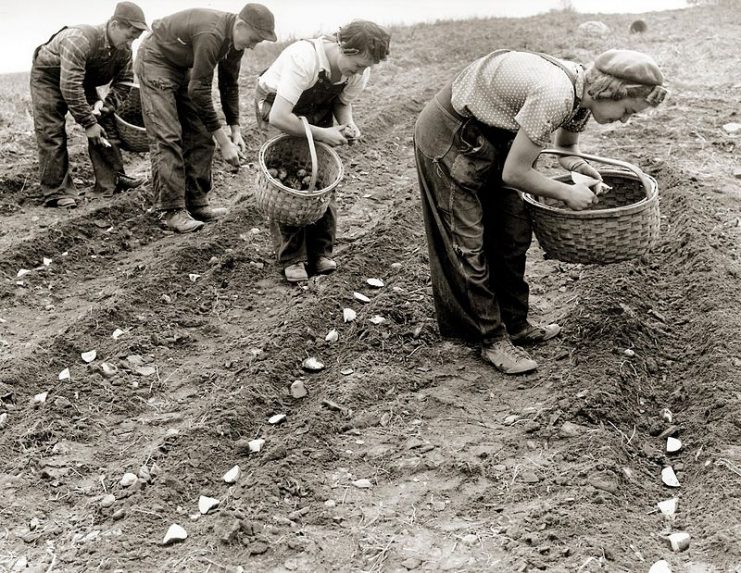
When the world erupted into global wars during the twentieth century, people rallied to the causes of their respective governments.
Rationing of food and goods by civilians allowed the armies to receive desperately needed supplies. Such rationing reached desperation levels for the Germans during the Great War, who ran out of nearly everything thanks to the British blockade.
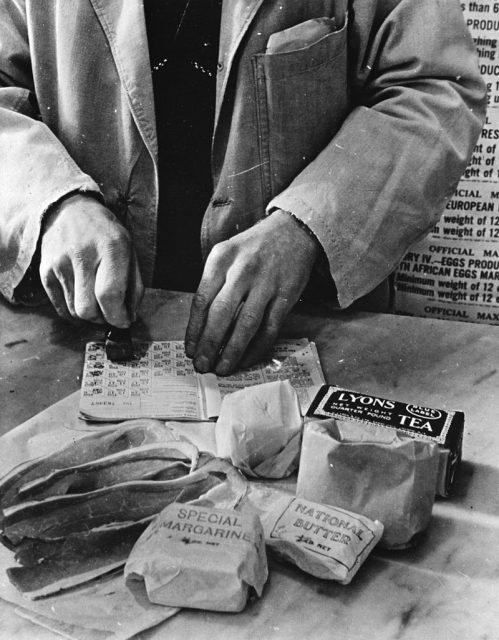
World War II would stretch many governments’ resources to their limits. Though by war’s end it would produce surpluses of most war materiel, concerns over food production once again meant rationing.
To ease the burden for households across the country, the US government encouraged the growth of “Victory Gardens.”
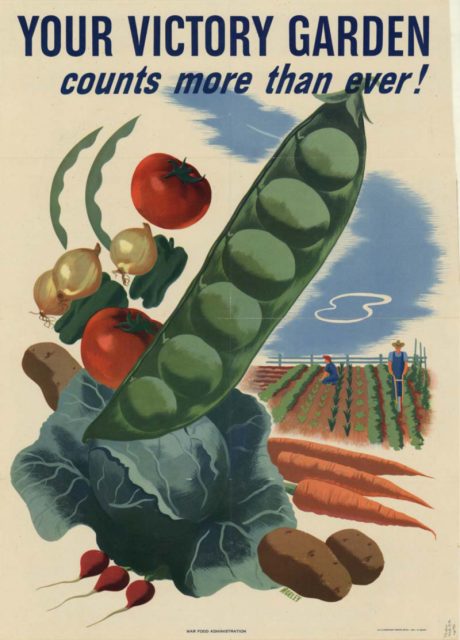
Twenty million Americans turned spare plots of land across the country into vegetable gardens. Not only did they grow fruits and vegetables for home use, but they also preserved the resulting produce.
All told, the output of the Victory Gardens equaled domestic produce production, providing vital food at home and allowing agricultural production to go to the front lines.
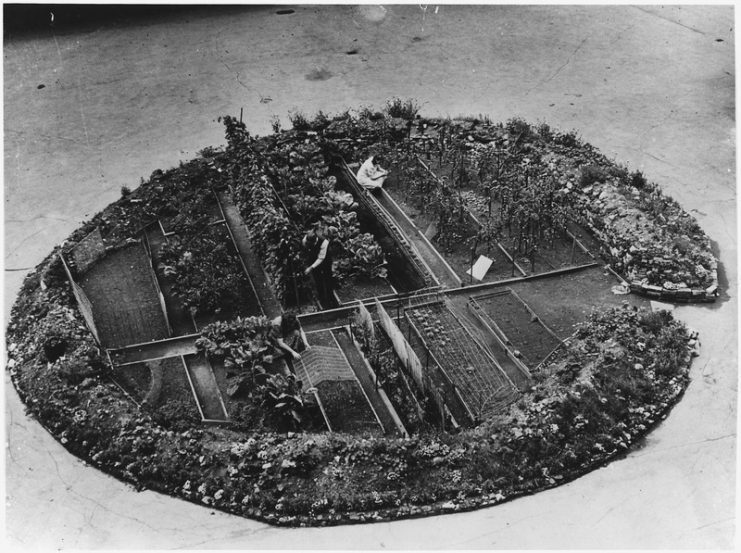
While some gardened for America, others, fearing bombings raids, started building bomb shelters beneath their homes. With World War II ending, the globe became gripped by fear of nuclear annihilation in the Cold War, so bomb shelters grew in popularity, both for civilians and the government and military.
One of the largest such bunkers ever built by the US government was the Greenbier Resort shelter in West Virginia. Four hours from the national capital and located beneath a congressional resort, the massive bunker was designed to house the government in the event of a nuclear war.
Thankfully and obviously it was never needed, but the threat of the Cold War going hot caused many to prepare underground shelters, just in case.
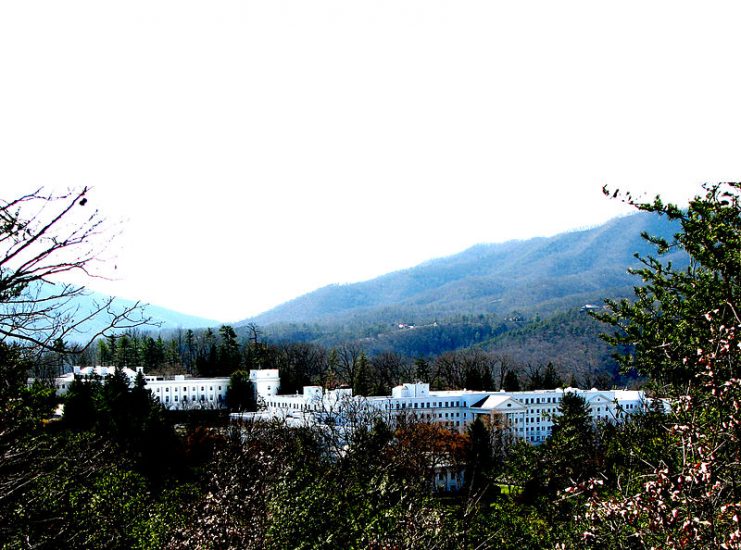
As the Cold War dragged on, the so-called survivalists entered the stage. Rather than hunker down in a bunker, these people set the foundation for the modern “prepping” lifestyle. Though the peace of the 1990’s eroded their appeal, the ideas of emergency supplies, firearms training, and the ability to survive in the wilderness still has its adherents.
Whether because of national disaster, famine, war, or the end of civilization, people and governments have long worked to proactively prepare for what might happen, and what might not happen, because it might just be too late otherwise.
